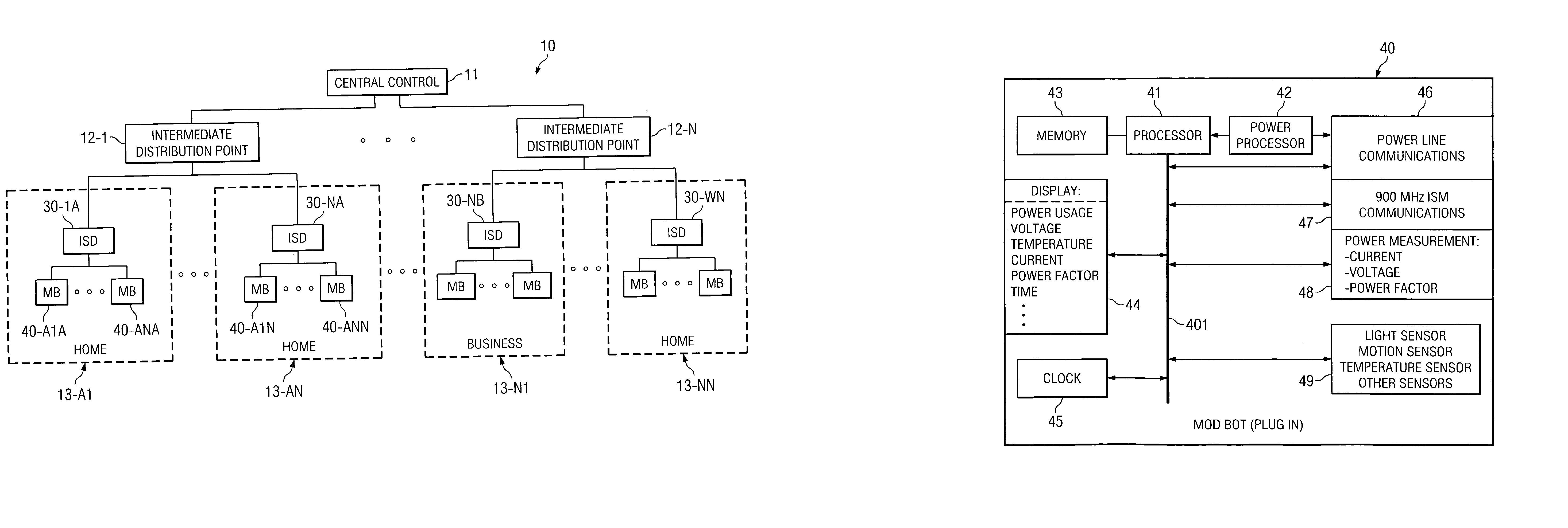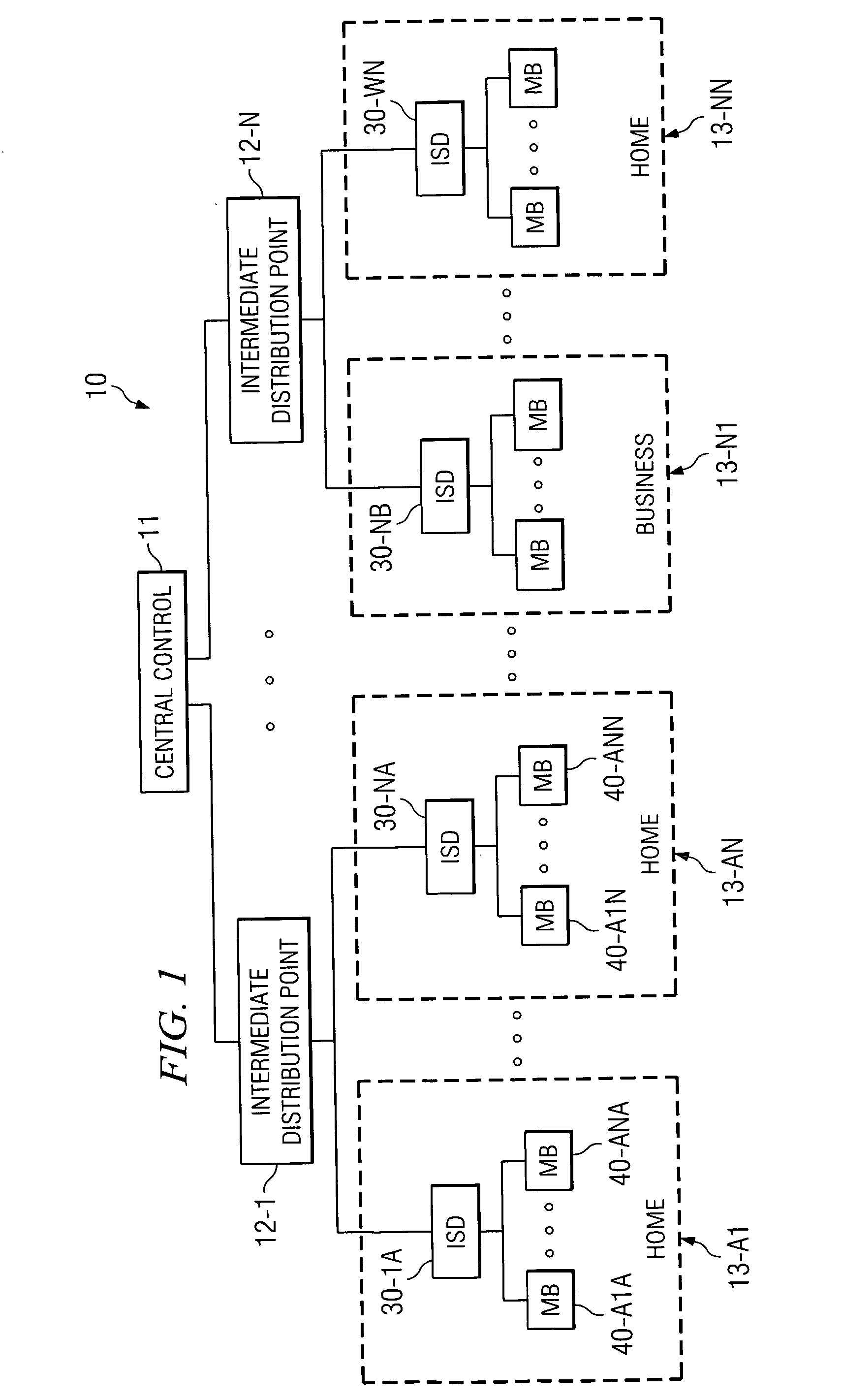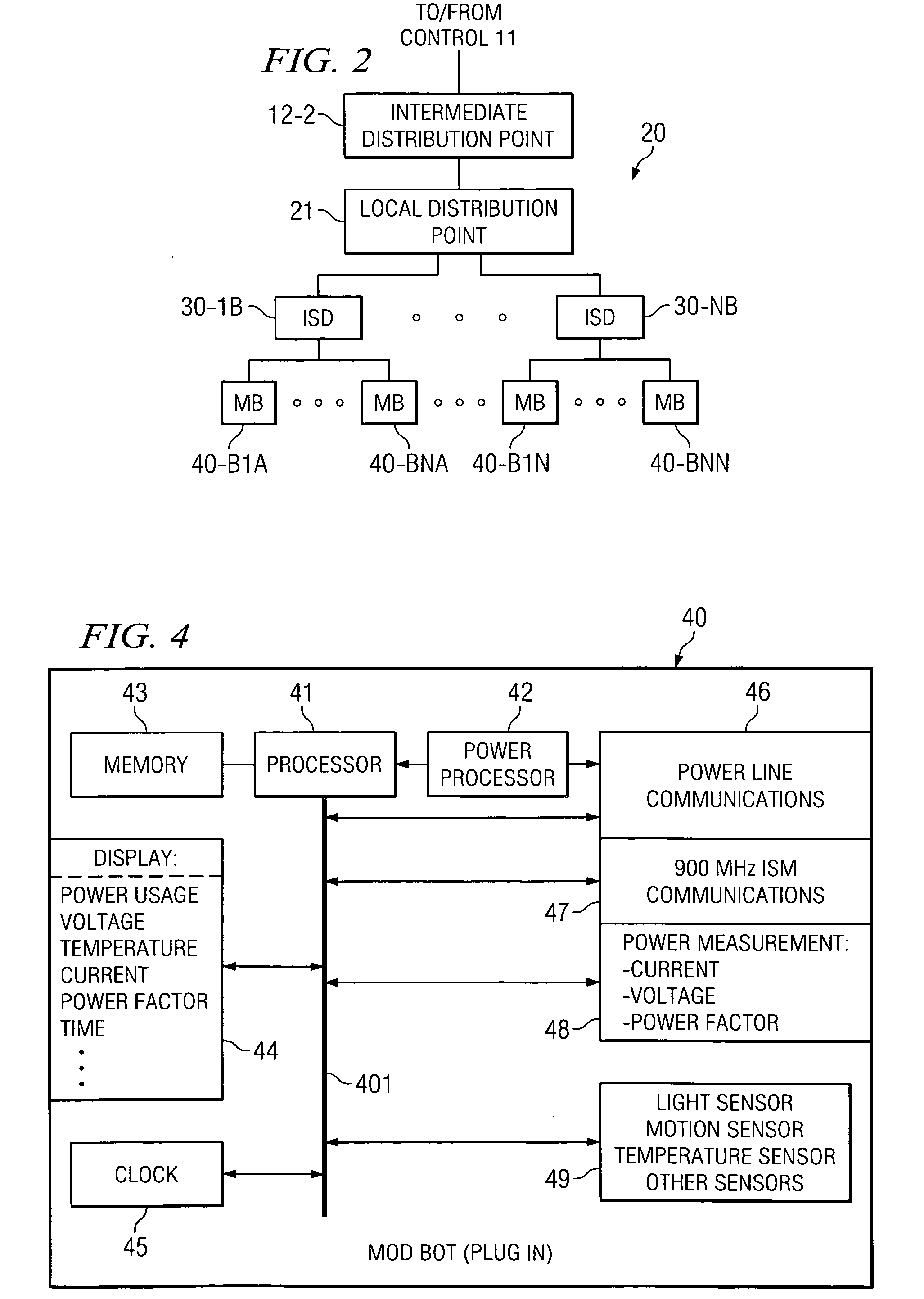It drives virtually all aspects of the services that define
modern life yet it cannot be easily stored directly, is extremely susceptible to degradation of quality, and is the only product that is consumed continuously within a tenth of a second of its production by all customers.
For these reasons its cost is highly dependent on generation, transmission, and
distribution system constraints caused by a change in load at
time of use.
Because load changes constantly, it affects operating and generator fuel requirements, costs, system efficiencies, grid constraints,
power quality, and reliability which in turn affect environmental concerns such as air emissions,
water use for power generation or cooling, and
land use.
These physical properties result in a product whose marginal cost of production, margin cost of quality, and marginal cost of reliability fluctuate rapidly and therefore whose delivered cost also fluctuates rapidly.
Even where
power quality cannot be maintained, no other product has a delivered cost that fluctuates nearly so rapidly or so severely.
The problem is very significantly worsened and can not be thoroughly solved because the demand-side customers cannot respond to real-time fluctuations in the delivered cost of power.
Because demand is unable to respond to price, the supply and demand curve may fail to intersect, a market flaw so severe it is not contemplated by standard economic theory.
Lack of Real-Time Billing: Real-time billing requires real-time measurement of sufficient parameters as well as the communications infrastructure to send real-
time information.
Lack of real-time billing causes a lack of demand responsiveness to price because people do not see price fluctuations at the
time of use.
It is important to note that adding new real-time meters without adding real-time customer-directed, system-level, device-level, and / or appliance-level automated
load management does little to help demand-side responsiveness.
Lack of Real-
time Control of
Power Usage to Specific Loads and / or Services: Real-
time control of
power flow to specific customers requires real-time metering, a secure bi-directional communications infrastructure, and remotely verifiable device-level or service-level connect and disconnect functionality.
Lack of real-
time control of power to specific customers devices and / or services prevents physical
enforcement of bilateral contracts and results in the system operator being the default supplier in real-time.
Lack of real-time, customer-controlled, automated
power management within the premise causes a lack of
demand response because people cannot be expected to spend their time watching a real-time meter and then scurrying to manually adjust services and / or load settings elsewhere.
Because customers cannot respond, the economic
ripple-effect is much more disastrous than at first appearance.
Without a fully functional demand-side, elasticity-based price spikes cannot directly address
power quality solutions (which are critically needed for
digital electronics / services to function properly) or correctly determine new investment.
It had been long thought that gathering power distribution information was not practical for big power distribution systems.
However, since most power problems actually begin in specific areas and involve the
distribution system, the system requires information about the network that is not available today.
Because of the lack of information coming specifically from users devices and services, the problem is seen only as
noise to the operators of a power company at a central location.
By the time the effects of the “problem”
ripple to the central control, the problem is often magnified leading to difficult situations.
A further problem exists in situations where it is necessary to reduce
power consumption for periods of time.
Thus, as
power consumption increases through the day, the cost to the user increases as well.
In concept this sounds good, but in reality it is difficult to achieve and the results are often arbitrary.
In the end, such arbitrary shedding could actually cause more distribution problems then are solved.
In addition to the fact that this approach only targets
central air conditioning units and thereby avoids lighting and other large loads which are often beneficial toward conservation efforts, the available evidence suggests that the “smart”
thermostat approach likely will not provide the desired benefits.
Because other loads are not orchestrated with the
thermostat, and because other loads can start and run while the higher price
signal is being sent to the
thermostat, there is no way to verify or accurately predict the specific amount of load being shed by the price
signal when it is most needed and no way to know the real effects of using only a thermostat-base load shed system.
Because there is no submetering at the
air conditioning unit in this approach, and therefore no direct
verification that load was shed because of direct interaction with the thermostat by the end-user, some of the direct reward to the end-user is lost as is end-user motivation to participate.
Further, the
end user does not see the real benefits of the thermostat approach and cannot see that other significant loads that also should be simultaneously managed to meet the objective of real-time pricing.
Historically, such marginal approaches have failed, marring other approaches toward the same goal.
Regardless, many experts believe that users, the majority of which are unsophisticated, will respond by correctly selecting thermostat-only based price points that will reduce response oscillation.
 Login to View More
Login to View More  Login to View More
Login to View More 


